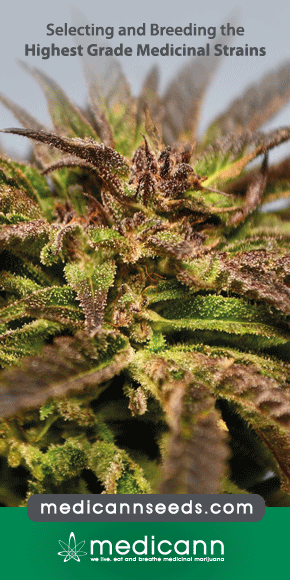Practical considerations in medical cannabis administration and dosing
Abstract
Cannabis has been employed medicinally throughout history, but its recent legal prohibition, biochemical complexity and variability, quality control issues, previous dearth of appropriately powered randomised controlled trials, and lack of pertinent education have conspired to leave clinicians in the dark as to how to advise patients pursuing such treatment. With the advent of pharmaceutical cannabis-based medicines (Sativex/nabiximols and Epidiolex), and liberalisation of access in certain nations, this ignorance of cannabis pharmacology and therapeutics has become untenable. In this article, the authors endeavour to present concise data on cannabis pharmacology related to tetrahydrocannabinol (THC), cannabidiol (CBD) et al., methods of administration (smoking, vaporisation, oral), and dosing recommendations. Adverse events of cannabis medicine pertain primarily to THC, whose total daily dose-equivalent should generally be limited to 30mg/day or less, preferably in conjunction with CBD, to avoid psychoactive sequelae and development of tolerance. CBD, in contrast to THC, is less potent, and may require much higher doses for its adjunctive benefits on pain, inflammation, and attenuation of THC-associated anxiety and tachycardia. Dose initiation should commence at modest levels, and titration of any cannabis preparation should be undertaken slowly over a period of as much as two weeks. Suggestions are offered on cannabis-drug interactions, patient monitoring, and standards of care, while special cases for cannabis therapeutics are addressed: epilepsy, cancer palliation and primary treatment, chronic pain, use in the elderly, Parkinson disease, paediatrics, with concomitant opioids, and in relation to driving and hazardous activities.
PMID: 29307505 DOI: 10.1016/j.ejim.2018.01.004
Source:Pubmed
MacCallum CA1, Russo EB2.



